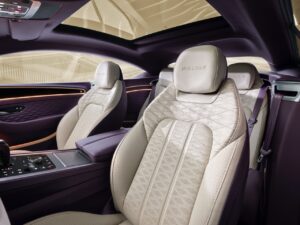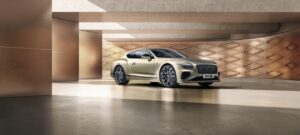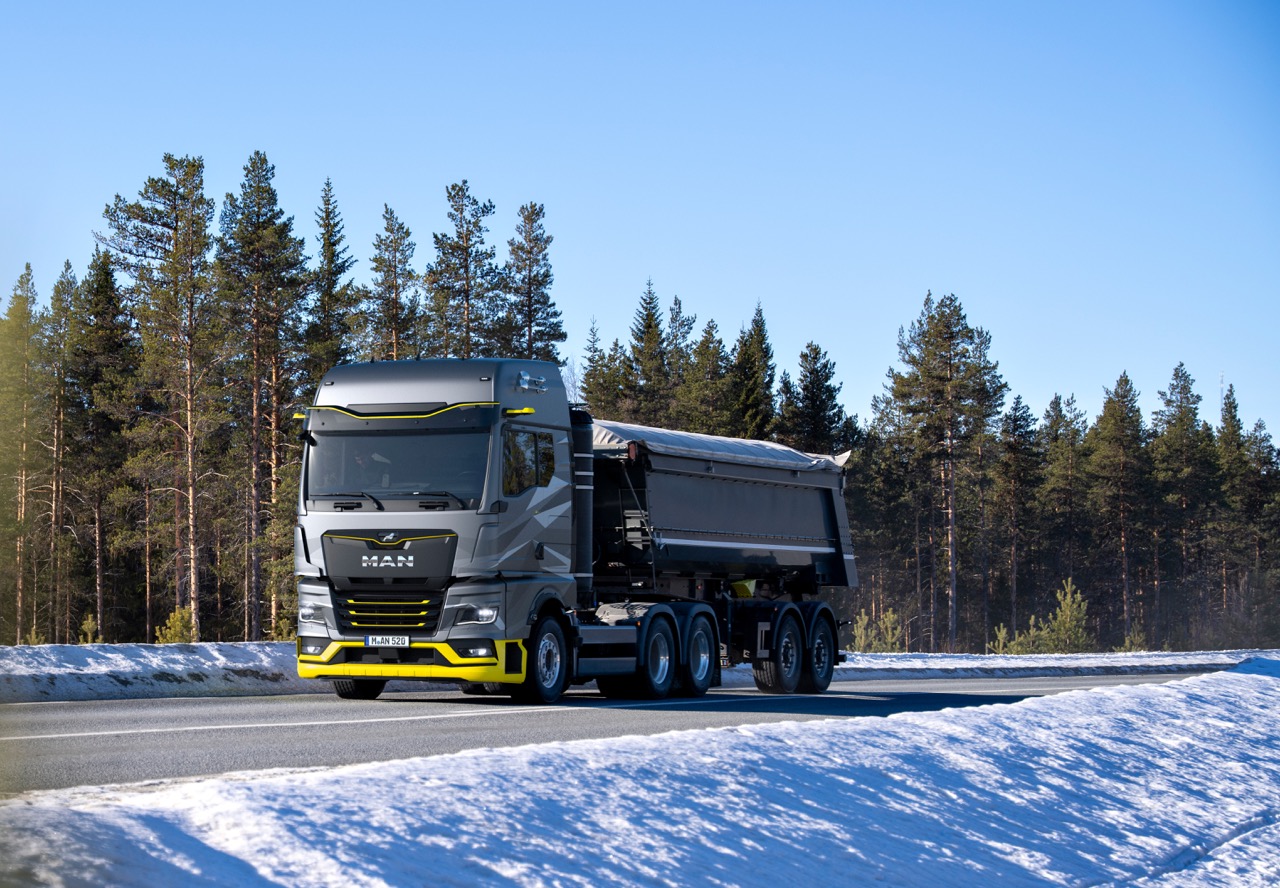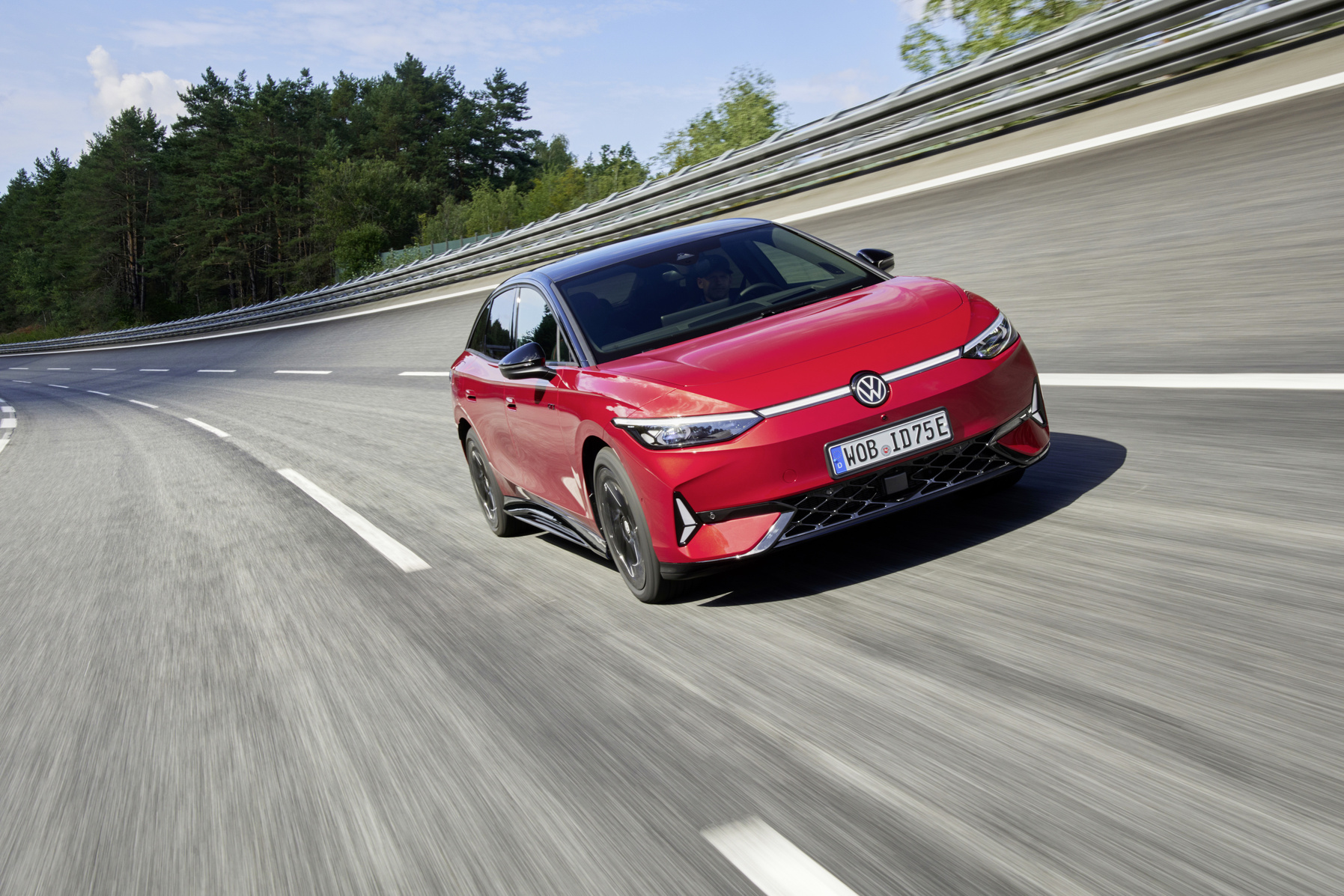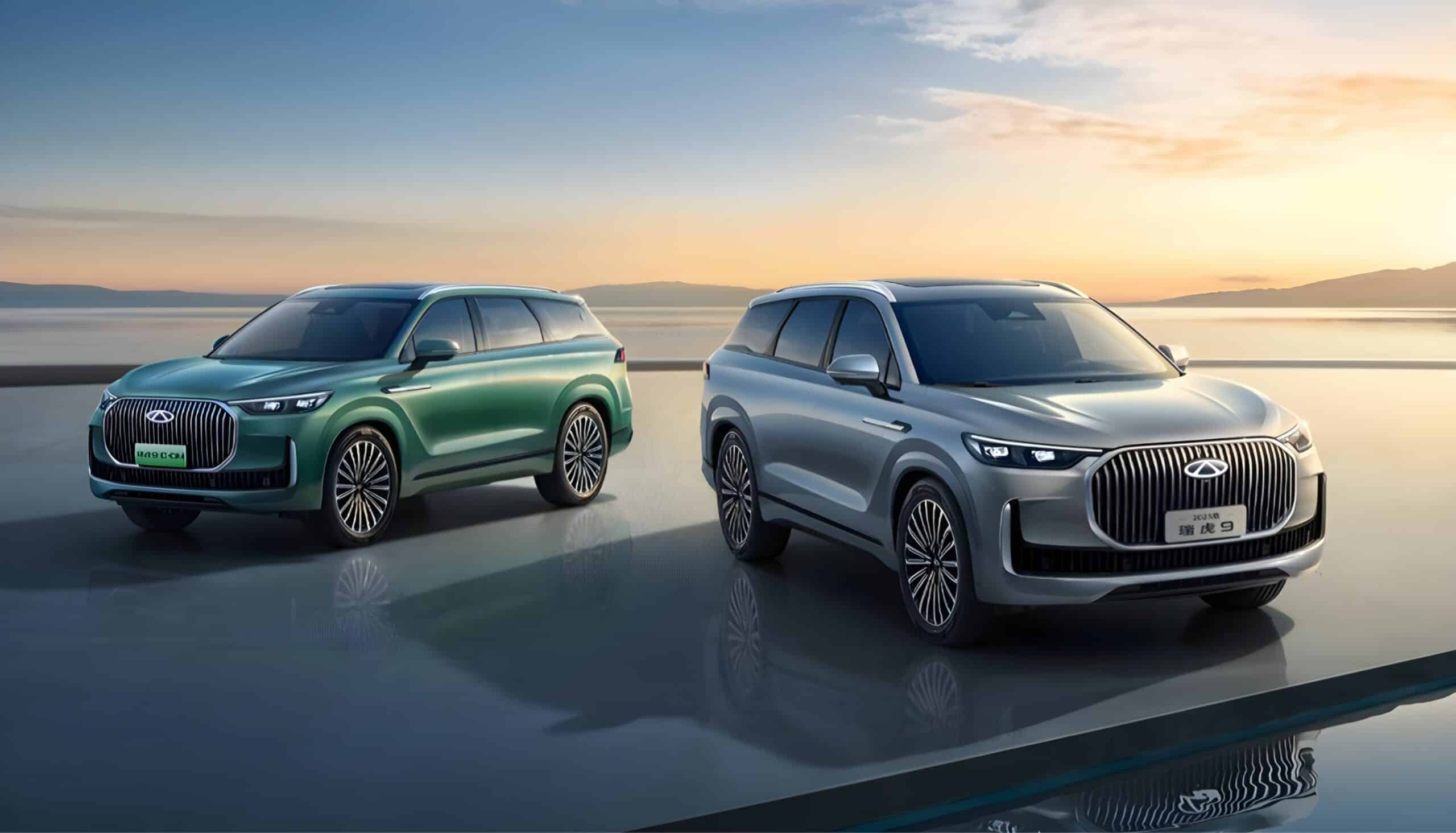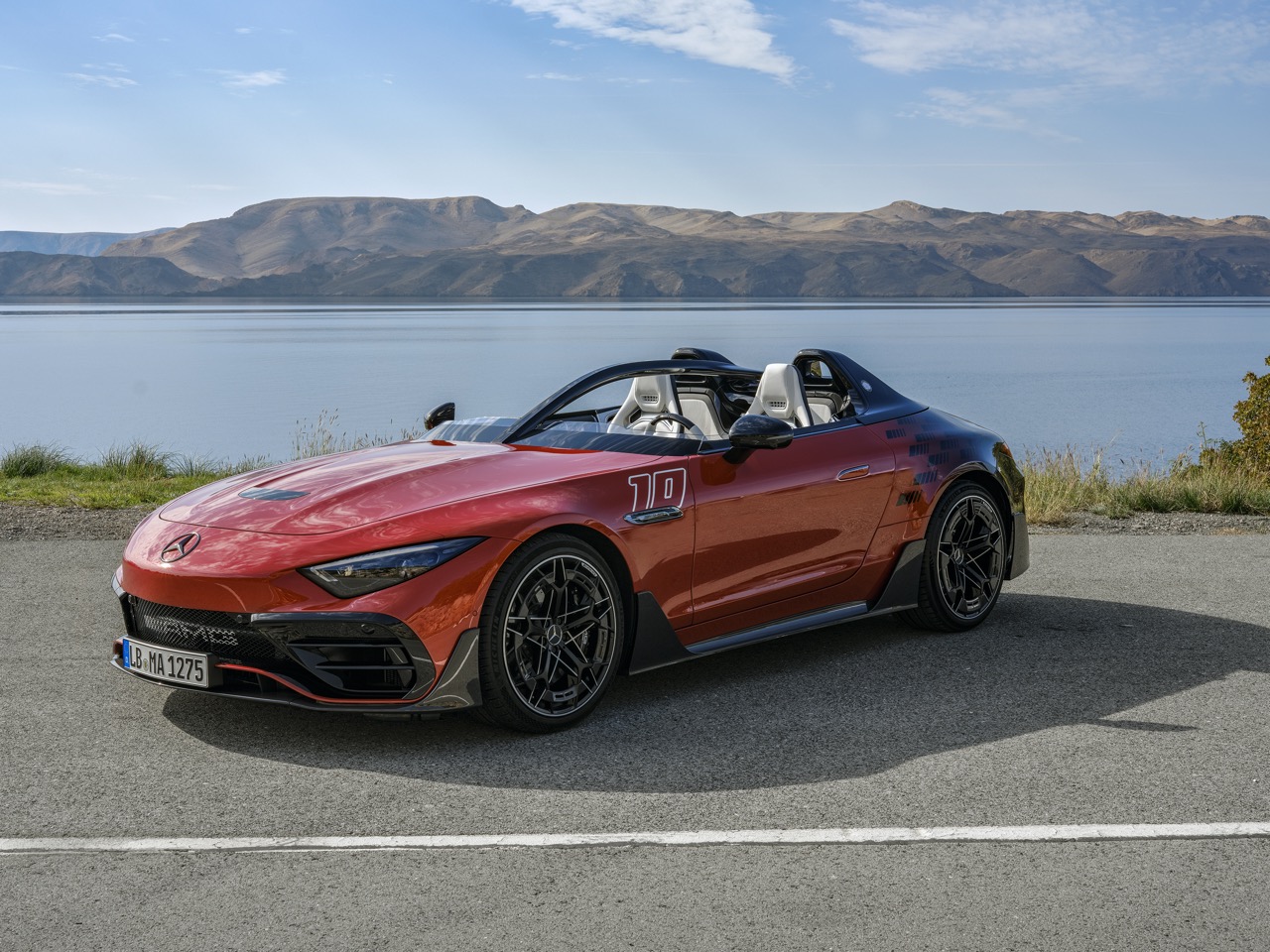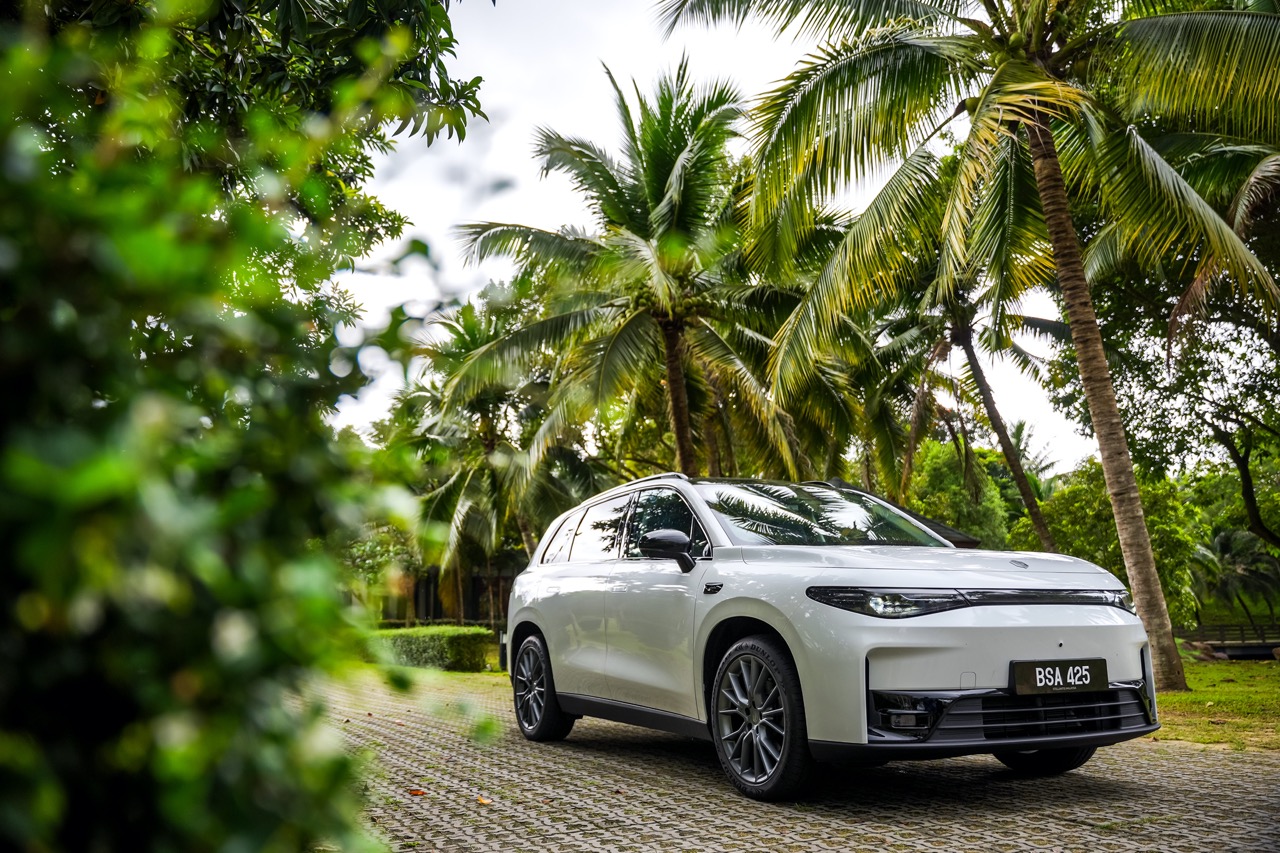Bentley has expanded its portfolio of daily supercars with the introduction of Mulliner versions of the fourth-generation Continental GT, GTC, and Flying Spur. These models, developed by Bentley’s bespoke division, Mulliner, build upon the performance-focused Speed models, adding enhanced luxury, options, and technology.

Exterior Highlights:
- Signature Mulliner ‘Floating Diamond’ grille with chrome surround, chrome lower grilles, and chromeware.
- Satin Silver mirror caps or optional gloss black (via Mulliner Blackline).
- Unique 22” wheels in Tungsten Grey or gloss black, with self-levelling Bentley Mulliner wheel badges.
- Mulliner-specific features, including ‘cut crystal’ reflector headlamps, red-tinted tail lamps, and welcome lights with Bentley wing animations.

Interior Features:
- A curated cabin with three-colour combinations, bespoke embroidery, and a Mulliner diamond perforation pattern on hand-stitched seats.
- Enhanced wellness seating with Postural Adjust and Auto Climate functions.
- Exclusive Mulliner branding on keys, presented in a handcrafted box matching the car’s interior configuration.
- Comfort Seat Specification for all Flying Spur seats and front seats in Continental models.

Powertrain:
- A new Ultra Performance Hybrid powertrain, combining a 4.0L V8 engine and a 190PS electric motor, delivering a total of 782PS and 1000Nm of torque.
- The hybrid setup allows up to 80km of electric range (Continental GT) and a fully replenished battery in as little as 2¾ hours.
- Performance-focused features, including a dual valve damper system and air springs, offer a refined balance of handling and comfort.

Customisation and Technology:
- Available in a palette of 101 colours, with bespoke paint-matching options.
- The most advanced electrical architecture in the luxury segment, offering semi-assisted driving features and an integrated My Bentley App Studio for digital services.
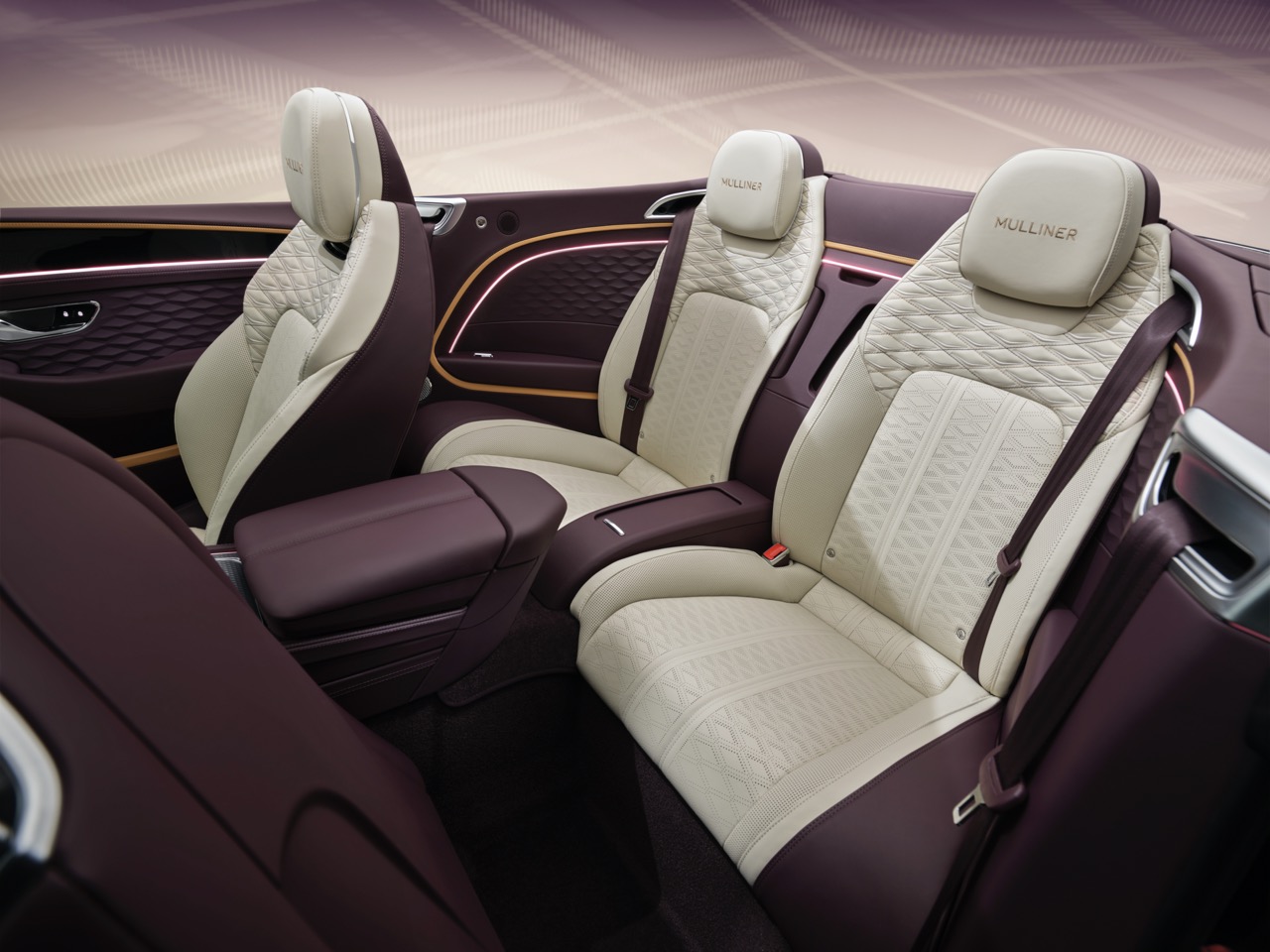
Bentley Mulliner remains the ultimate symbol of craftsmanship and luxury, offering custom design, enhanced performance, and cutting-edge technology in the automotive world.
















